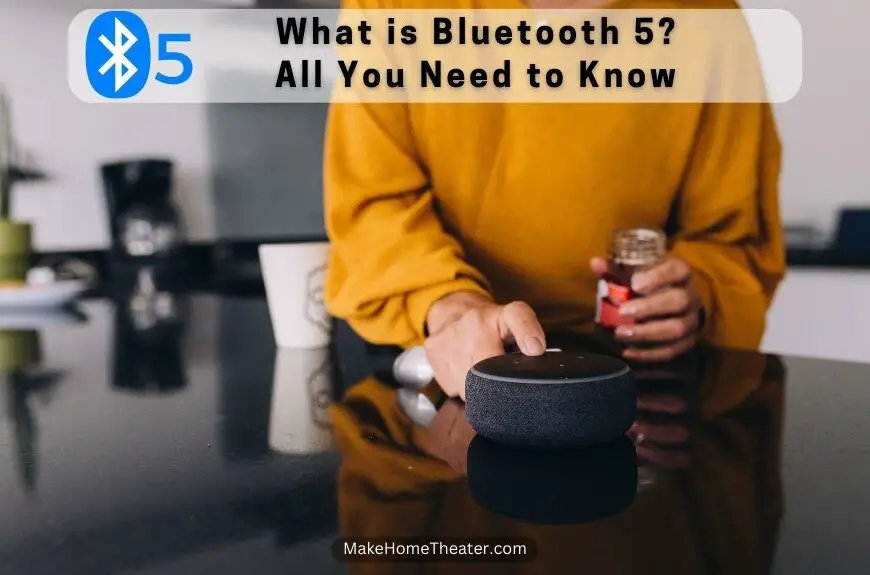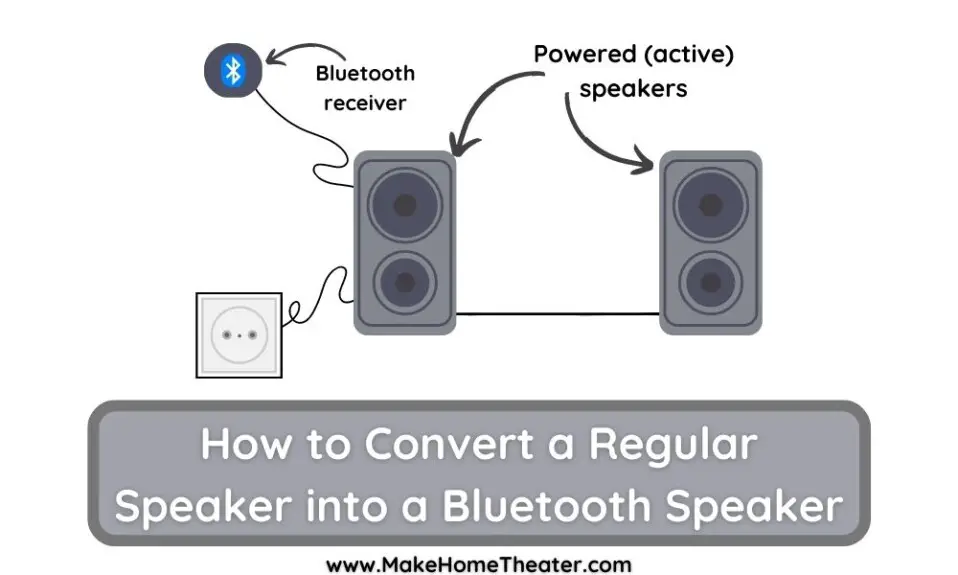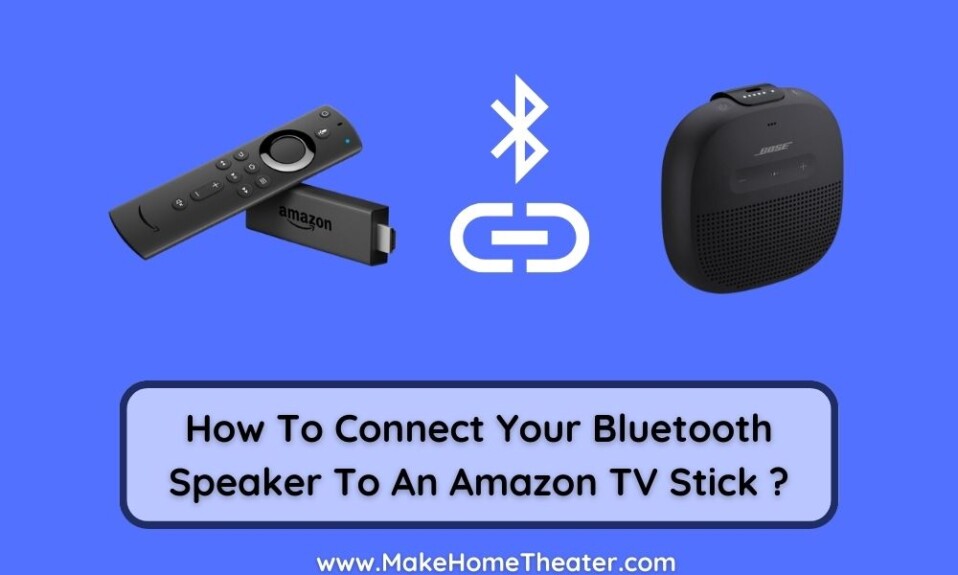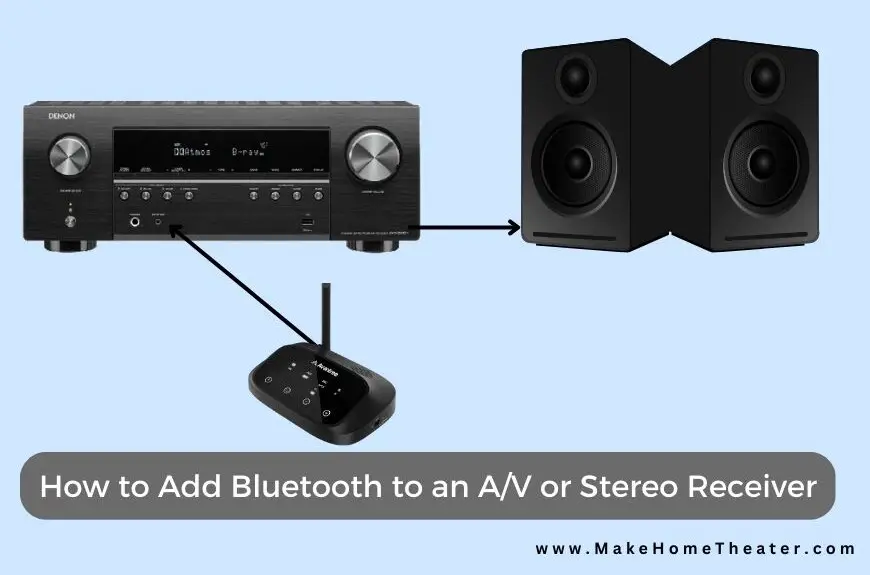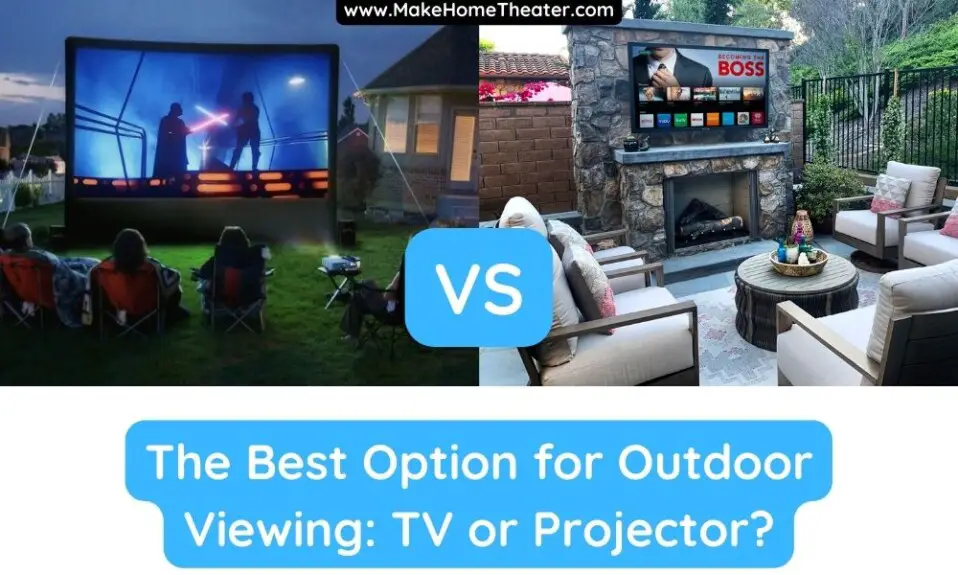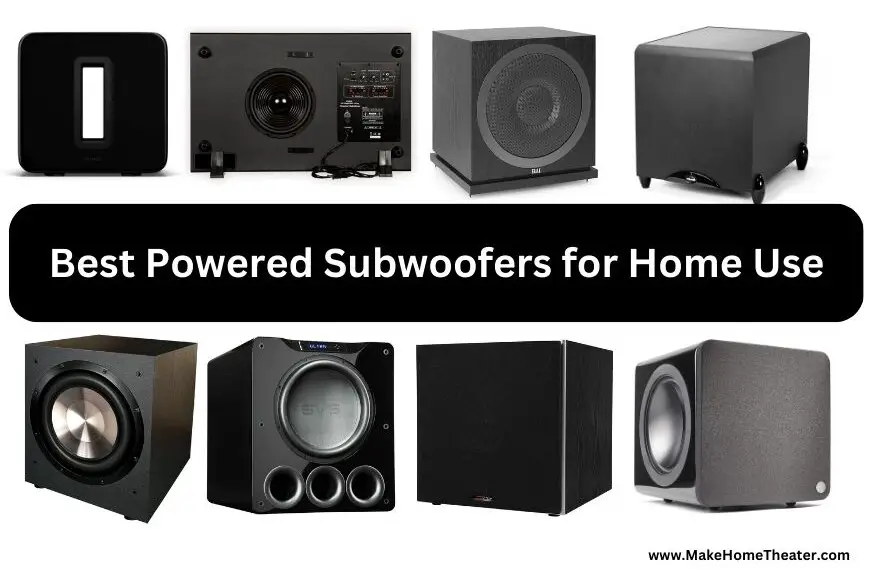The data we use and collect today often comes from wireless devices like Bluetooth headphones and the “Internet of Things.” These devices rely on a standard for short-range communication, which is why it’s noteworthy when standards change. Bluetooth 5, which was released in 2016, is a significant upgrade over Bluetooth 4.2.
With Bluetooth 5, data transfer speeds are twice as fast as they were with Bluetooth 4.2, and data transfer ranges are four times greater. Additionally, Bluetooth 5 offers support for multiple devices, which increases the options for audio streaming.
This new standard has enabled more powerful solutions for internet-of-things devices thanks to the increased ranges. It has also ushered in a new generation of wireless earbuds with longer battery life and higher quality audio streaming rates. Simply connecting to a TV, as we previously showed in our tutorial, is no longer the extent of Bluetooth’s capabilities.
Read also: How to Connect a Soundbar to a TV Using Bluetooth, How to Convert a Regular Speaker into a Bluetooth Speaker, How to Add Bluetooth to an A/V or Stereo Receiver
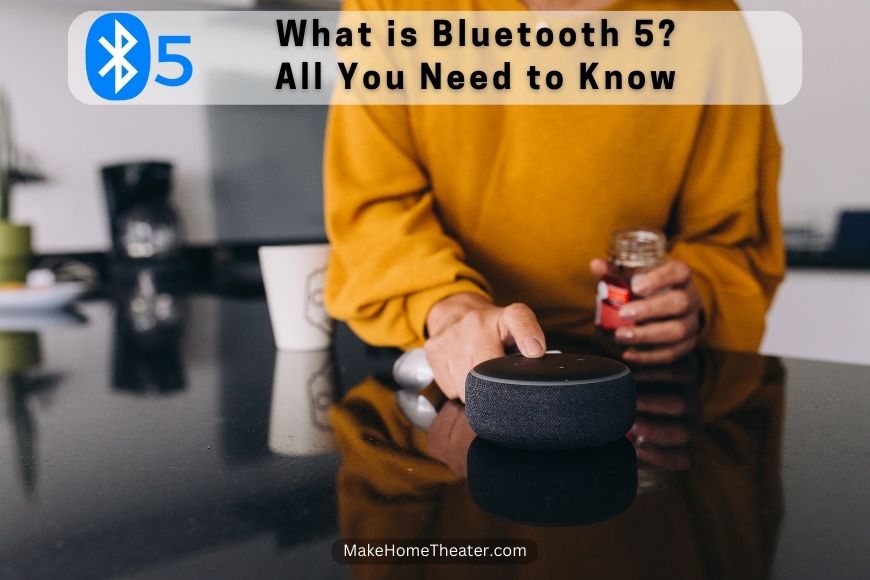
Table of Contents
Bluetooth 5: Improvements
The latest standard for Bluetooth, Bluetooth 5, brings about several significant improvements. Firstly, it allows for higher data transfer rates of up to 2 Mbps, which is a considerable increase from previous standards. This increase in data transfer rates is especially important when considering the types of applications that Bluetooth is typically used for.
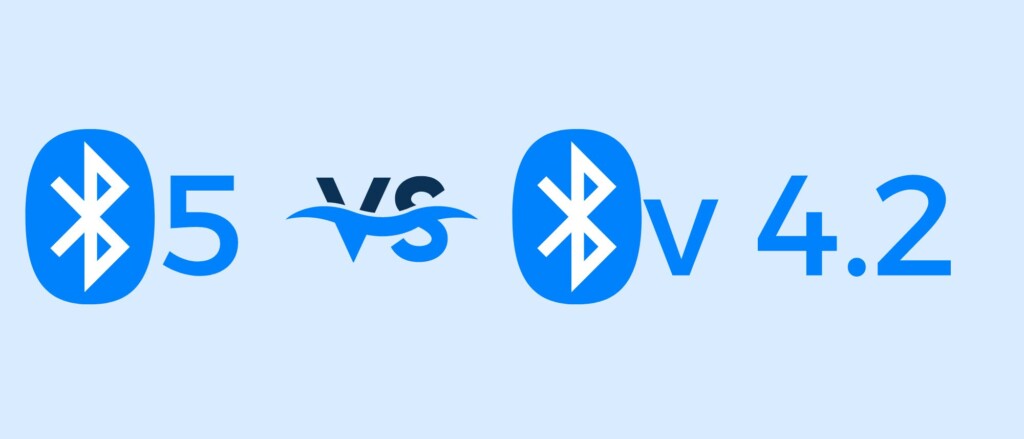
| Bluetooth 4.2 | Bluetooth 5 | |
| Range (m) | 10 | 243 |
| Range (ft) | 33 | 800 |
| Data Transfer Rate (kbps) | 650 | 2000 |
| Data Transfer Rate (mbps) | 0.65 | 2 |
Compared to Bluetooth 4.2, Bluetooth 5 still offers low-energy connections that won’t drain your device’s battery. However, the significant improvements in data transfer rate and range make the signal more reliable and useful. With the extended range, there will be new possibilities for Bluetooth-enabled devices, such as networking wireless Bluetooth speakers in your home or backyard.
Currently, most internet-of-things devices require a WiFi connection to work, but with the longer range of Bluetooth 5, these devices could potentially shift to using Bluetooth instead. The increased data transfer rate also means that audio streaming quality for wireless earbuds and headphones can improve, as well as open up new, less obvious applications such as health monitoring wearables for pets or Bluetooth trackers in your car to inform your home when you’ve returned, instead of using GPS.
While it’s difficult to predict exactly how these new features will impact our daily lives, we can look to our current use of Bluetooth to see how these experiences might be enhanced. For instance, Bluetooth 5 also offers interesting new features for managing audio streams beyond just increasing the basic specs.
Bluetooth 5 represents a significant upgrade that offers not only faster data transfer rates and extended range but also new possibilities for how we use Bluetooth in our everyday lives.
New Audio Management Options
Bluetooth 5 brings exciting changes to audio stream management options. It enables multi-device streaming (Playing Audio Through AUX and Bluetooth at the Same Time), allowing users to connect their phone or tablet to multiple receiving devices, which means that you can network a home speaker system off Bluetooth. Headphones that use Bluetooth 5 can stream audio from two sources, like a phone and a laptop, and overlap and mix the audio from both sources. These features were previously only available in high-end solutions like SONOS, but they will become basic features for everyone in the near future.
However, it’s important to remember that it will take time for developers to start using the new standard. Beyond audio sharing, Bluetooth 5 offers more flexibility for developers to tweak the performance of Bluetooth 5 devices. For smaller peripherals that don’t need the 800ft range, the transfer rate can be optimized, and for IoT devices that don’t need a 2Mbps connection, the range can be favored. This customization ensures that the Bluetooth 5 performance is optimized for each use case.
It’s exciting to think about the impact that these new features will have on our day-to-day lives. We can use Bluetooth to connect devices in our home or backyard with wireless speakers, and wearable devices could start making more sense for health monitoring. We could even use Bluetooth trackers in our cars to let our homes know when we’re home instead of GPS. With these new features, Bluetooth 5 is doing more than just increasing the bottom-line specs. It’s offering new and interesting options for audio stream management and the ability to customize performance for specific use cases.
Mainstream Devices with Bluetooth 5
If you don’t have a newer phone, fear not: you can also get Bluetooth 5 by purchasing a separate Bluetooth adapter. These adapters can be plugged into the USB port of a laptop, desktop computer, or even a car stereo to add Bluetooth 5 functionality. Just be sure to check that the adapter you purchase is compatible with your device.
Are you excited about the new features and benefits of Bluetooth 5? If so, you may be wondering how to get it on your phone. Fortunately, many popular flagship phones already have Bluetooth 5 capabilities.
- For Samsung users, all high-end Galaxy models from the S8 to the latest release are equipped with Bluetooth 5. Some of the newer models, like the S20, even have the audio sharing feature, which allows you to share audio with a friend’s earbuds while still listening on your own.
- If you’re an iPhone user, you’re also in luck! Bluetooth 5 has been included in all models from the iPhone 8 and up. Other Android flagships such as Google’s Pixel 3a and Pixel 4, and the Oneplus 7T also come equipped with Bluetooth 5.
Going forward, Bluetooth 5 is expected to become a standard feature on all flagship smartphones. So, if you’re in the market for a new phone, make sure to check for Bluetooth 5 capabilities!
Bluetooth 5 is more than just an upgrade for your phone. To benefit from its advanced features, both the sending and receiving devices must have Bluetooth 5 chips. In this article, we will explore other devices that support Bluetooth 5 and where to find them.
Wireless Earbuds/Headphones
Bluetooth 5 is almost a given in high-end wireless earbuds or headphones like Airpods Pro or Galaxy Buds. However, it is still advisable to check the specs to ensure Bluetooth 5 availability. For those who prefer budget options, there are wireless earbuds/headphones like Soundcore Spirit X or TaoTronics over-the-ear headphones that have Bluetooth 5.
Wireless Speakers
Bluetooth 5 is a common standard for many wireless speakers, but not all of them. It’s important to check the specifications before purchasing. For instance, the Marshall Kilburn II Portable Speaker is a premium option that supports Bluetooth 5, while the Udison Portable Speaker is a budget-friendly option.
Laptops
It’s not only your phone that should have Bluetooth 5. Laptops are also important devices to consider. You never know when you might need to connect your laptop to a wireless speaker or headphones. Although premium laptops like Surface Laptop 3, 2018 MacBook Pro, or Galaxy Book S support Bluetooth 5, it’s still advisable to double-check the specifications before making a purchase.
To Sum Up
In conclusion, Bluetooth 5 is a useful and valuable upgrade for devices that support it. While it offers many advanced features, it’s not always necessary to upgrade your entire suite of equipment to enjoy them. However, it’s worth considering Bluetooth 5 when purchasing new devices like laptops or phones to ensure compatibility with other Bluetooth 5 devices. So, let Bluetooth 5 guide you and factor it in your decision-making process when buying new devices.
Related Q&A

What are the benefits of Bluetooth 5?
Bluetooth 5 offers higher data transfer rates and longer ranges than previous versions, which makes it more reliable and useful.
How does Bluetooth 5 improve audio streaming?
Bluetooth 5 offers more flexible audio stream management options, including multi-device streaming and the ability for headphones to stream audio from two sources simultaneously.
What devices have adopted Bluetooth 5?
Most flagship smartphones, including Samsung Galaxy S8 and later, iPhone 8 and later, and Google Pixel 3a and 4, have adopted Bluetooth 5.
Can Bluetooth 5 be customized for different use cases?
Yes, Bluetooth 5 can be customized for different use cases by optimizing the transfer rate or range depending on the specific needs of the device.
What are the potential applications of Bluetooth 5’s longer range?
The longer range of Bluetooth 5 opens up possibilities for networking devices such as wireless speakers and expanding the use of wearable devices for health monitoring, including for pets and cars.
What is multi-device support in Bluetooth 5?
Multi-device support in Bluetooth 5 means that a phone or tablet can be connected to more than one receiving device.
How can headphones benefit from Bluetooth 5?
Headphones can benefit from Bluetooth 5’s higher data transfer rates and more flexible audio stream management options, resulting in higher quality audio streaming and the ability to stream audio from two sources.
How does Bluetooth 5 compare to Bluetooth 4.2 in terms of range and data transfer rate?
Bluetooth 5 has a range of up to 243 meters (800 feet) and a maximum data transfer rate of 2 megabits per second, compared to Bluetooth 4.2’s range of 10 meters (33 feet) and a maximum data transfer rate of 650 kilobits per second.
What are the benefits of Bluetooth 5’s higher data transfer rates?
Bluetooth 5’s higher data transfer rates enable higher quality audio streaming and faster transfer of data between devices.
Can devices that previously needed to connect to WiFi now use Bluetooth 5?
With the longer range of Bluetooth 5, devices that previously needed to connect to WiFi, such as internet-of-things devices, may be able to shift to Bluetooth.
How will the features of Bluetooth 5 impact day-to-day life?
It is hard to predict the exact impact, but the features of Bluetooth 5 are expected to enhance the way we use Bluetooth today, particularly in the areas of audio streaming, wearable devices, and internet-of-things devices.
What devices have the ability to stream audio from two sources using Bluetooth 5?
Headphones that use Bluetooth 5 have the ability to stream audio from two sources, such as a phone and a laptop.
What is the maximum data transfer rate of Bluetooth 5?
Bluetooth 5 has a maximum data transfer rate of 2 megabits per second.
What is the maximum range of Bluetooth 5?
Bluetooth 5 has a range of up to 243 meters (800 feet).
What phones have Bluetooth 5?
Most flagship smartphones, including Samsung Galaxy S8 and later, iPhone 8 and later, and Google Pixel 3a and 4, have Bluetooth 5.
How can Bluetooth 5 benefit wireless speakers?
Bluetooth 5’s longer range allows for networking devices such as wireless speakers, making it possible to connect a home speaker system over Bluetooth.
Latest Posts:


